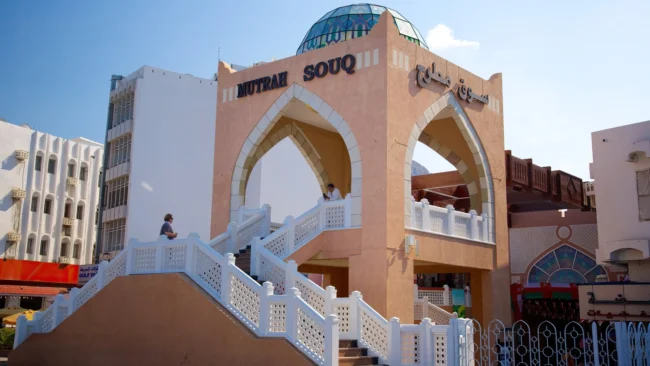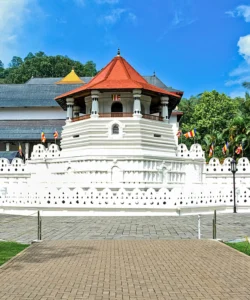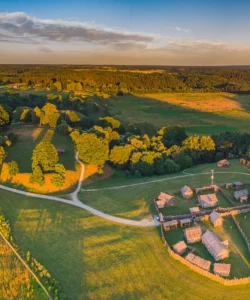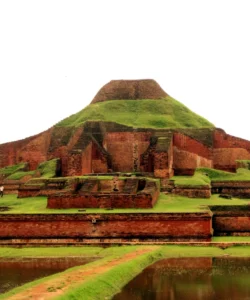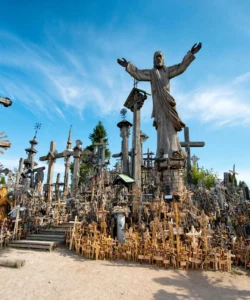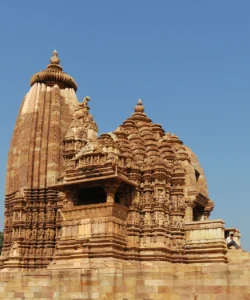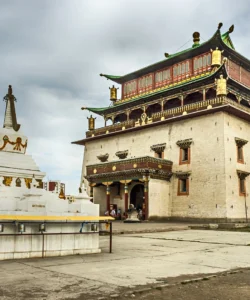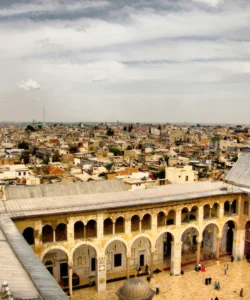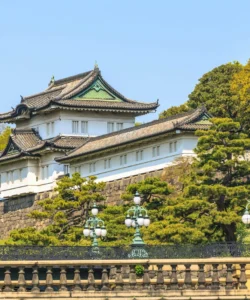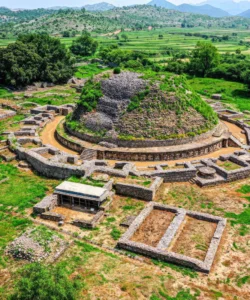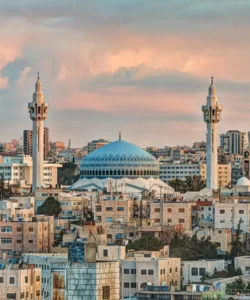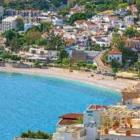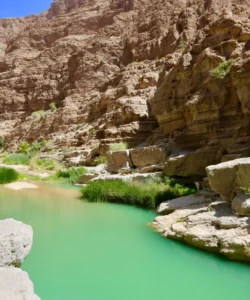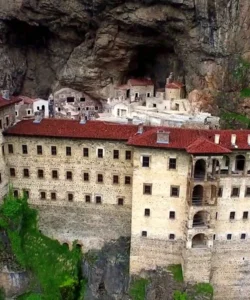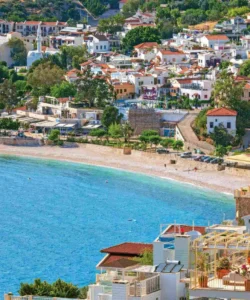Muttrah Souq, often referred to as “The Market of Darkness” (Souq Al Dhalam) due to its winding, shaded alleys, is one of the oldest and most famous traditional markets in Oman. Located in Muscat, the capital city, it retains the chaotic charm of a traditional Arab bazaar while offering a vibrant mix of Omani heritage and modern commerce. It’s a sensory delight, renowned for its labyrinthine lanes, the scent of frankincense, and a wide array of goods.
Listen to an introduction about Muttrah Souq
Name and Address
- Name: Muttrah Souq (also spelled Mutrah Souq or Matrah Souq; local name: Souq Al Dhalam)
- Address: Mutrah Corniche, Muscat, Sultanate of Oman. The main entrance is typically via the Corniche, opposite the pedestrian traffic lights.
How to Get There
Muttrah Souq is a central and popular attraction in Muscat, making it relatively easy to access.
- By Car/Taxi: Driving to Muttrah Corniche is straightforward. Taxis are widely available in Muscat, and you can simply tell the driver “Muttrah Souq” or “Souq Al Dhalam.” Ride-hailing services also operate in the city.
- By Public Transportation: While Muscat’s public bus network is developing, some routes pass near the souq. Check local bus schedules for the most convenient option.
- On-Site: The souq is best explored on foot. It’s located right on the picturesque Muttrah Corniche, allowing visitors to combine a stroll along the waterfront with a dive into the market. Limited parking is available nearby, but it can be challenging during peak hours.
Landscape and Architecture
The architecture of Muttrah Souq is a fascinating blend of traditional Omani design adapted over centuries, creating a distinctive and atmospheric environment.
- Traditional Design: Originally built from mud and palm leaves, the souq has evolved while retaining its authentic character. It features narrow, winding alleyways that were historically designed to provide shade and natural cooling in Oman’s hot climate.
- Modern Timber Roofing: While retaining its traditional feel, the souq now features modern timber roofing and glass-reinforced plastic domes in some sections, allowing natural light to filter in while still providing shade.
- Wooden Carved Ceilings: Many areas boast intricately carved wooden ceilings, showcasing local craftsmanship.
- Mud-Brick Walls: The use of traditional mud-brick walls helps regulate the interior temperature, keeping the souq cooler.
- Layout: The souq has a somewhat labyrinthine layout, with a main thoroughfare and numerous smaller side alleys. It historically had a Y-shaped layout and was divided into sections for retail and wholesale.
- Integration with the Corniche: One of its main entrances opens directly onto the Muttrah Corniche, seamlessly connecting the bustling market with the serene waterfront.
What Makes It Famous
- Authentic Traditional Market Experience: Muttrah Souq is celebrated for retaining the charm and atmosphere of a traditional Arab market, offering a sensory experience filled with the scents of frankincense, spices, and perfumes.
- Diverse Goods: It’s a treasure trove of traditional Omani handicrafts, including silverware (especially khanjars – traditional daggers), textiles, pashminas, Omani caps (kumahs), frankincense, spices, Omani halwa (sweets), and perfumes. You can also find gold, antiques, and modern souvenirs.
- Historical Significance: Dating back over 200 years, the souq was a vital trading post in the age of sail, connecting East and West and playing a crucial role in Oman’s commerce before the discovery of oil.
- Lively Atmosphere: Especially in the evenings, the souq buzzes with energy, attracting both locals and tourists, making bargaining with vendors a part of the cultural experience.
- “Market of Darkness”: Its evocative local name, Souq Al Dhalam, derived from the narrow, sun-blocking alleys, adds to its mystique and allure.
Differences from Some Other Attractions
- Traditional Bazaar vs. Modern Shopping: Unlike modern shopping malls or more curated tourist markets, Muttrah Souq offers a raw, authentic, and often chaotic experience of a traditional Arab bazaar, where haggling is expected and local life unfolds alongside tourist activity.
- Sensory Immersion: While many attractions offer visual splendor, Muttrah Souq is particularly famous for its immersive sensory experience, dominated by the distinct aromas of frankincense and spices, a characteristic less prominent in other sites.
- Organic, Evolving Structure: Unlike planned monumental structures (like the Sultan Qaboos Grand Mosque) or ancient ruins, the souq’s architecture is an organic, adaptive development over centuries, reflecting its continuous commercial function and evolution.
- Focus on Commerce and Daily Life: While other sites might be historical monuments or natural wonders, Muttrah Souq’s primary function remains commerce and a gathering place for locals, offering a direct glimpse into contemporary Omani daily life alongside its historical appeal.
- Integration with a Corniche: Its direct adjacency and seamless integration with the picturesque Muttrah Corniche provide a unique combination of bustling market and scenic waterfront promenade, a feature not commonly found with other historical markets.
Muttrah Souq Photos:
